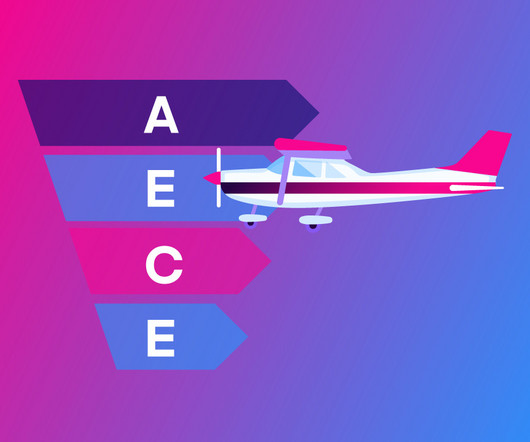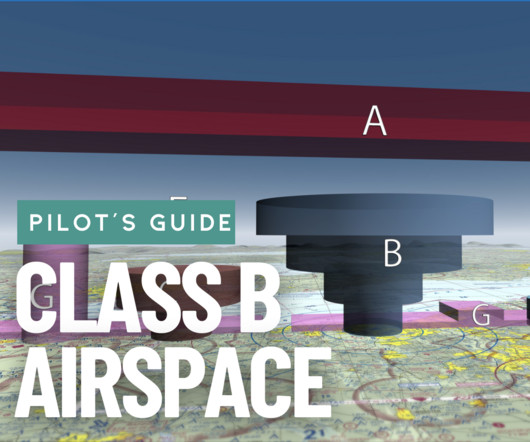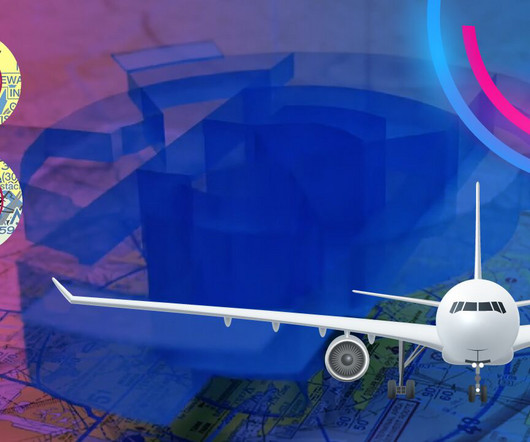Airport Beacons Explained
Pilot Institute
FEBRUARY 12, 2025
In busy airspace (Class B, C, D, and E surface areas), airport beacons are often turned on during the day when ground visibility is less than 3 miles or the ceiling is less than 1,000 feet. Always cross-check airport beacon lights with other navigational information from charts, GPS, or VORs. When Are Airport Beacons Used?











Let's personalize your content